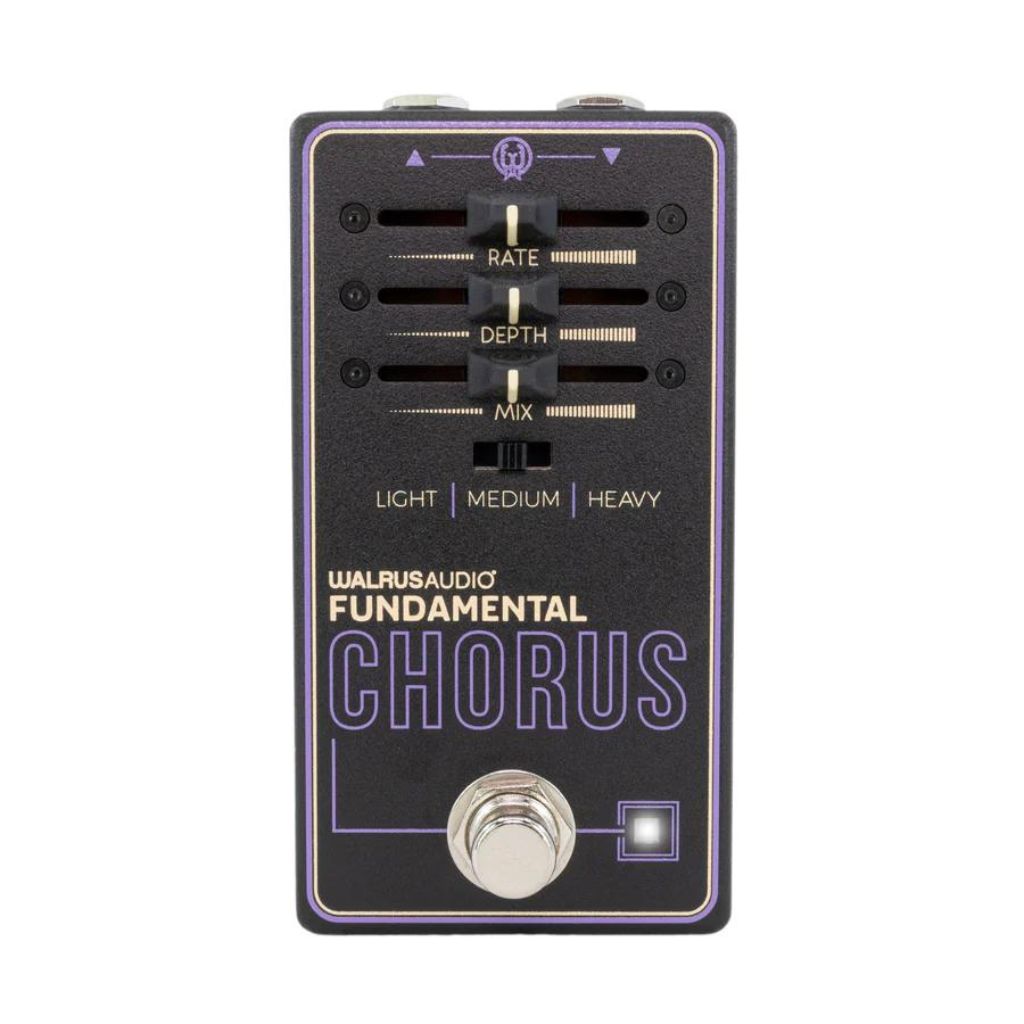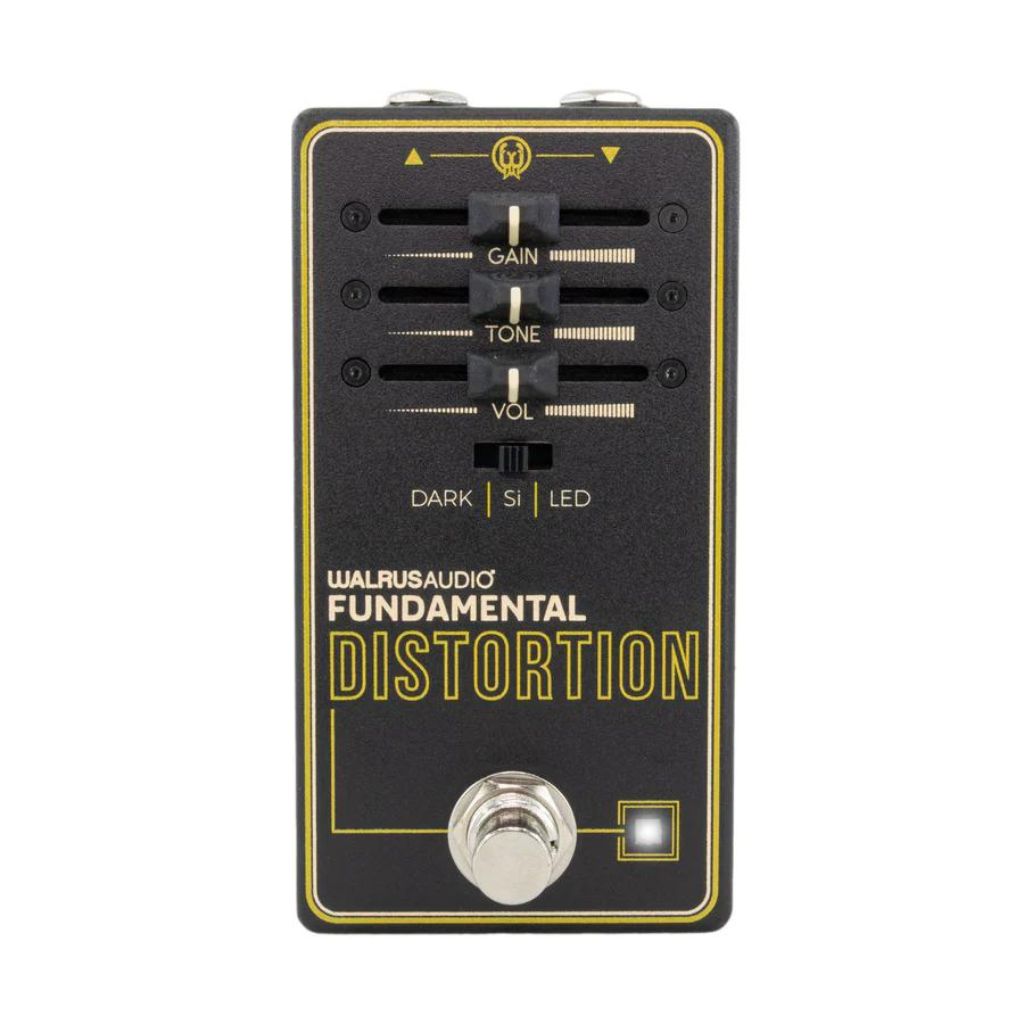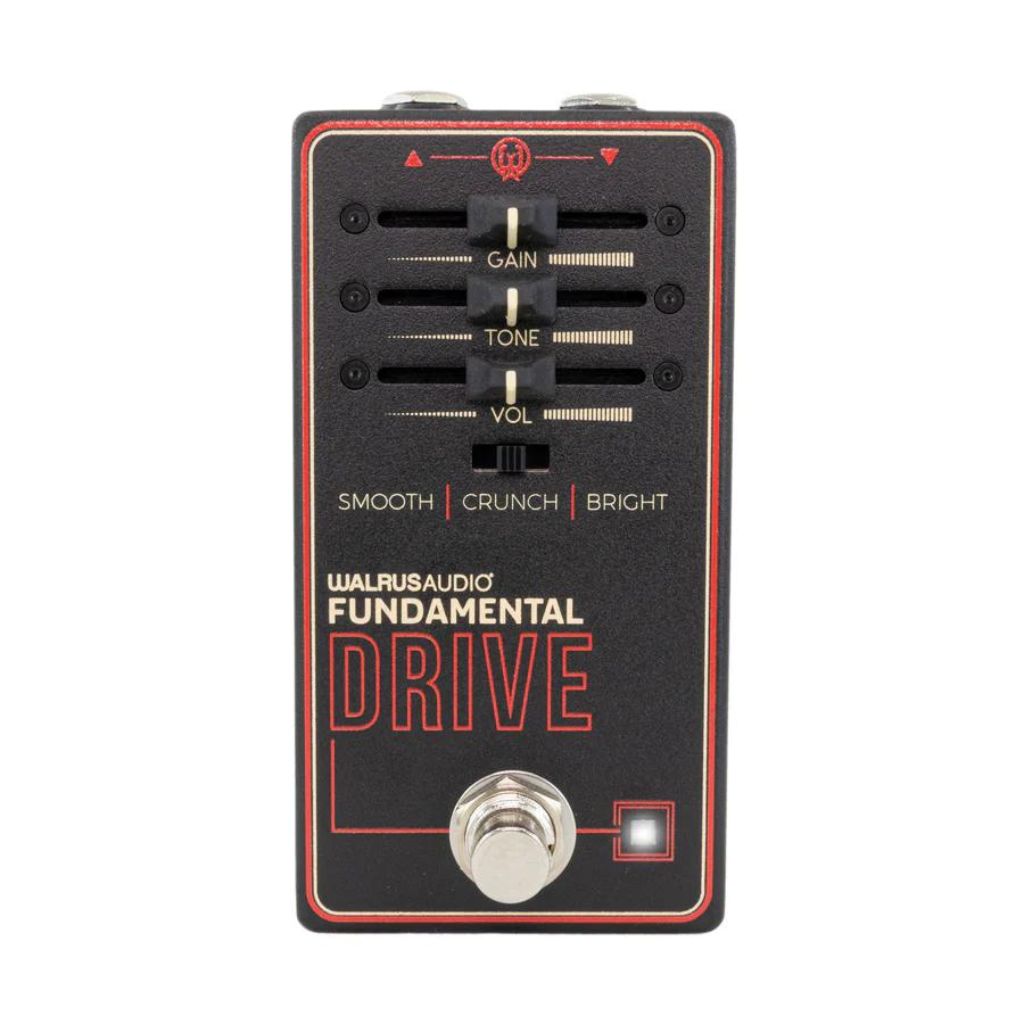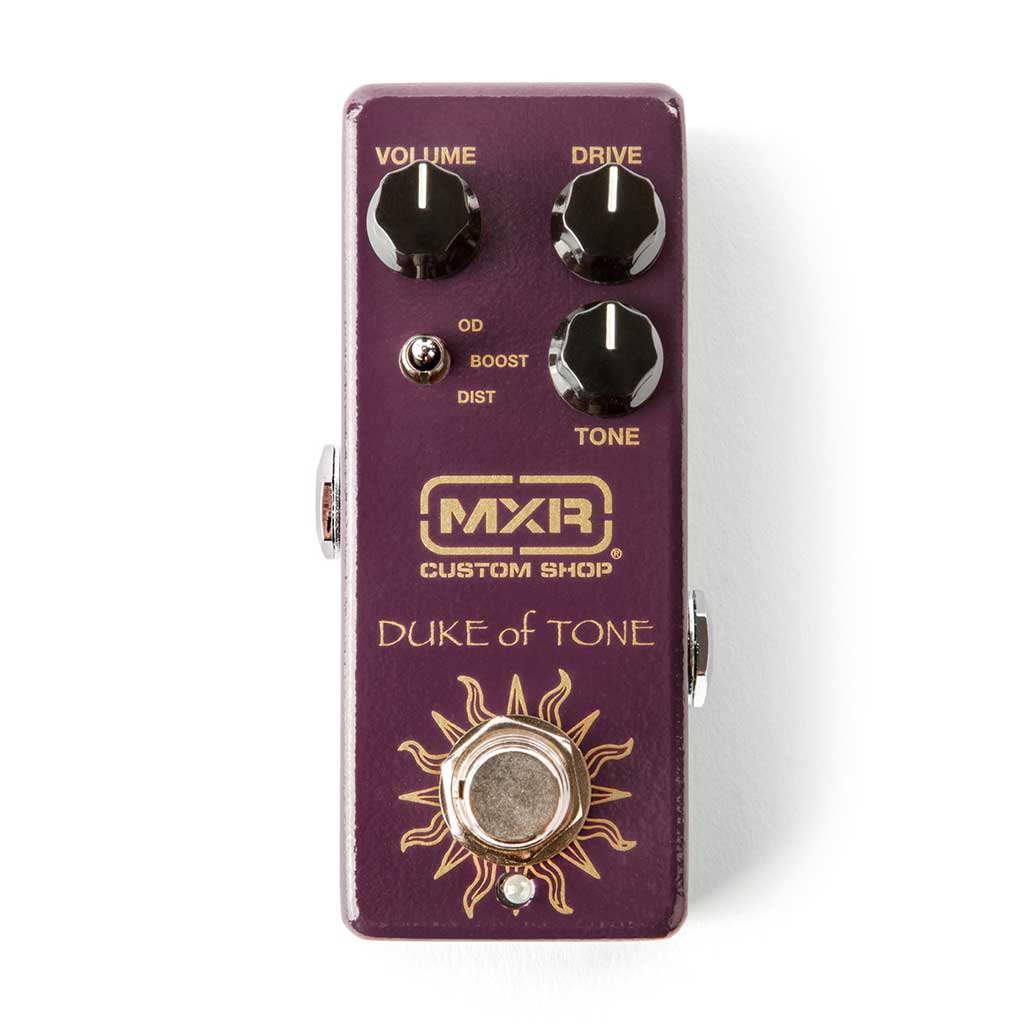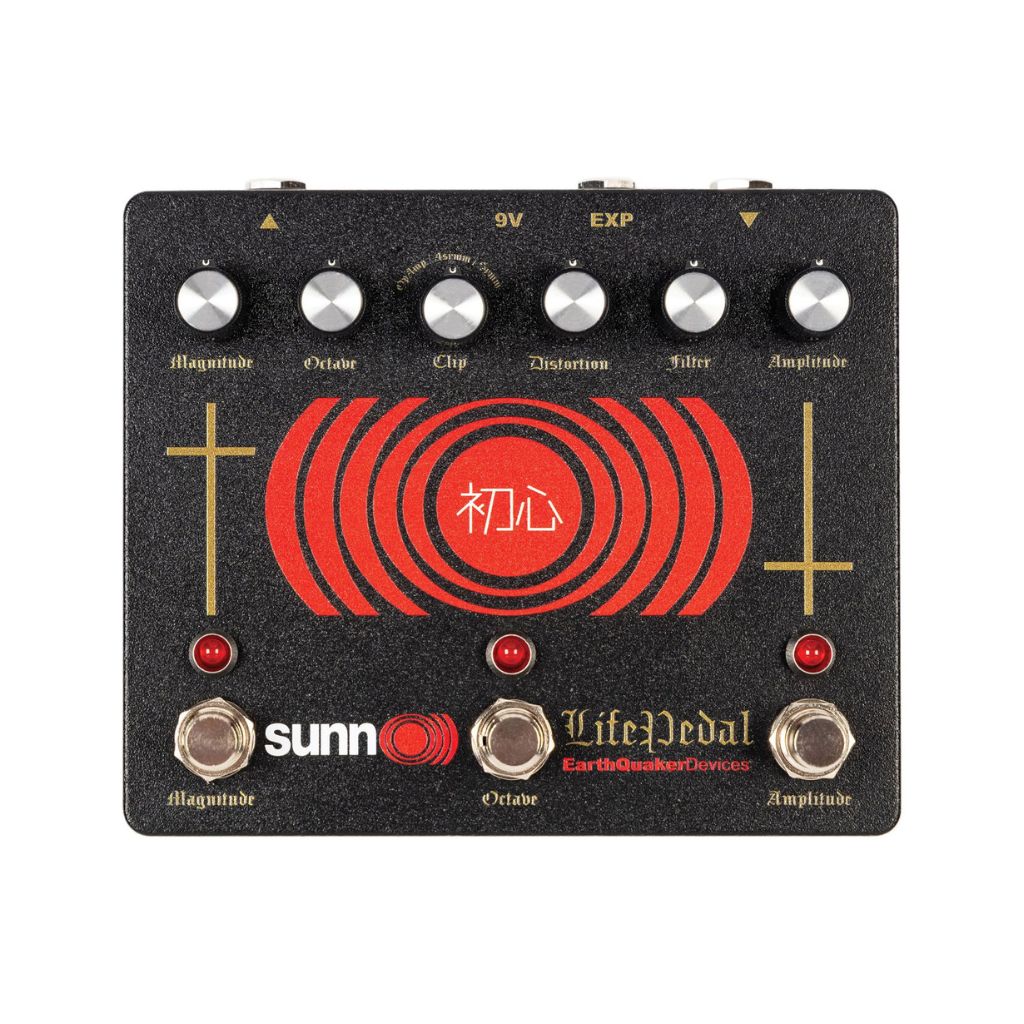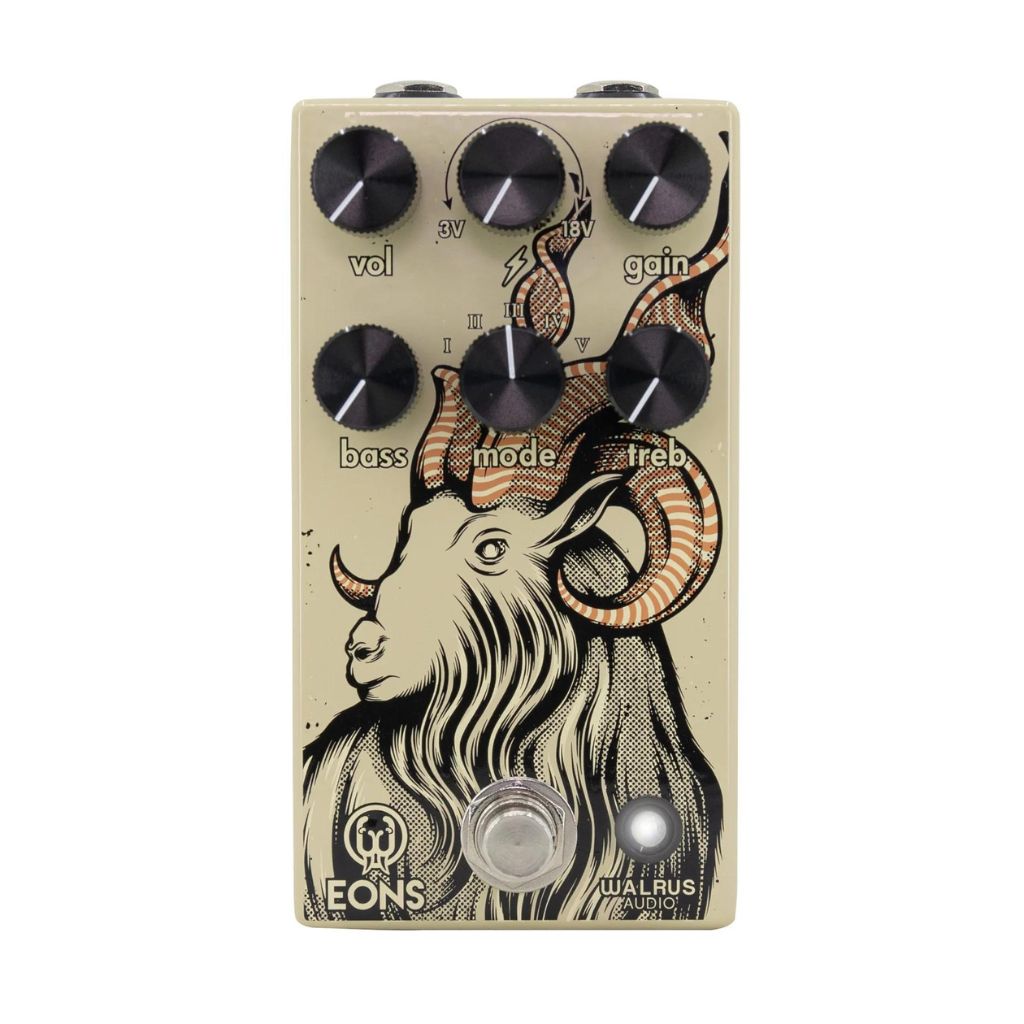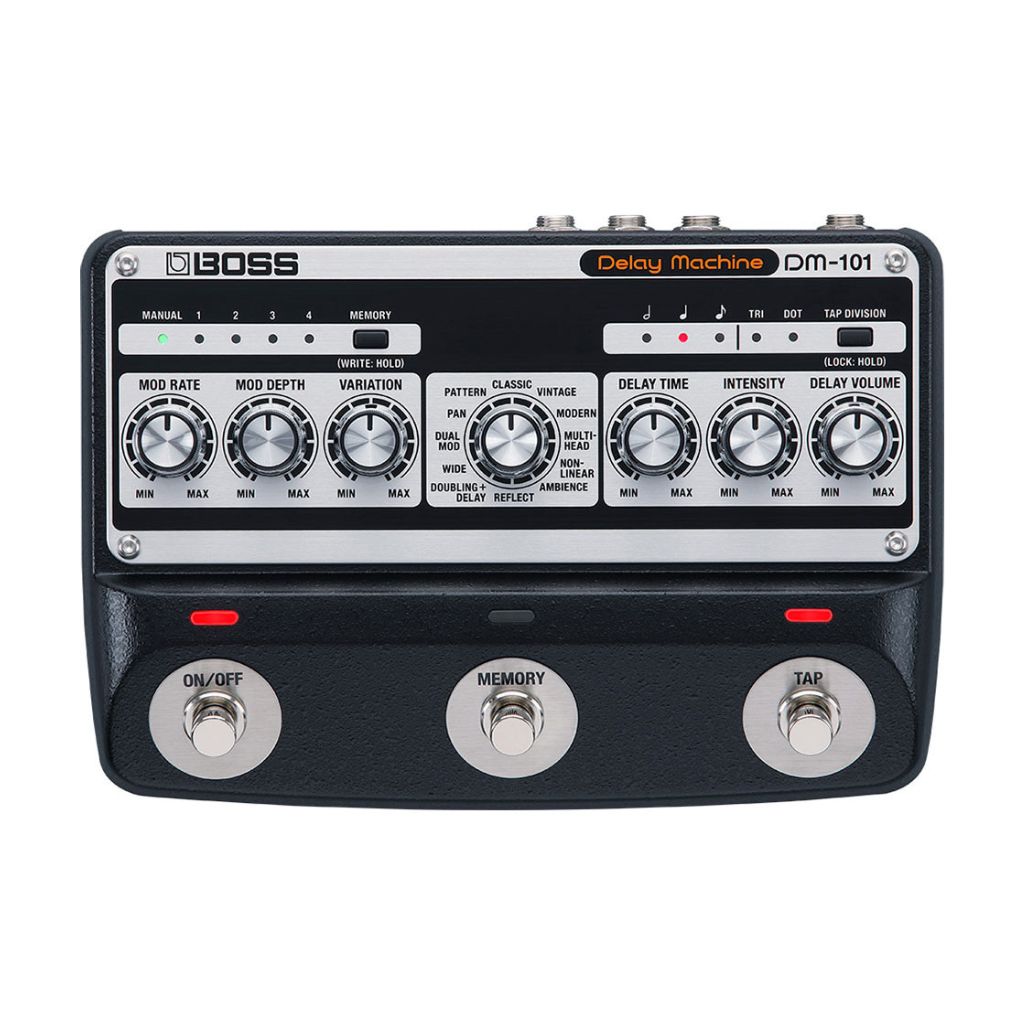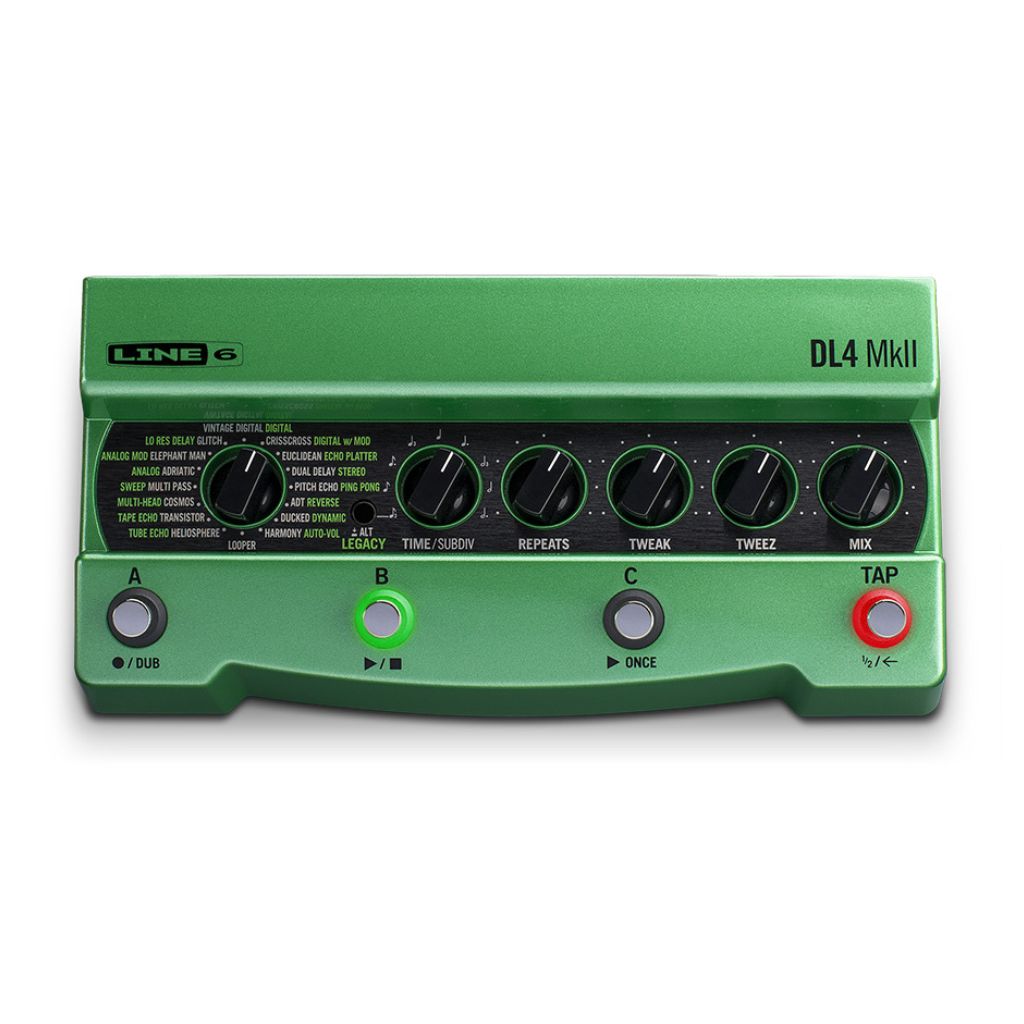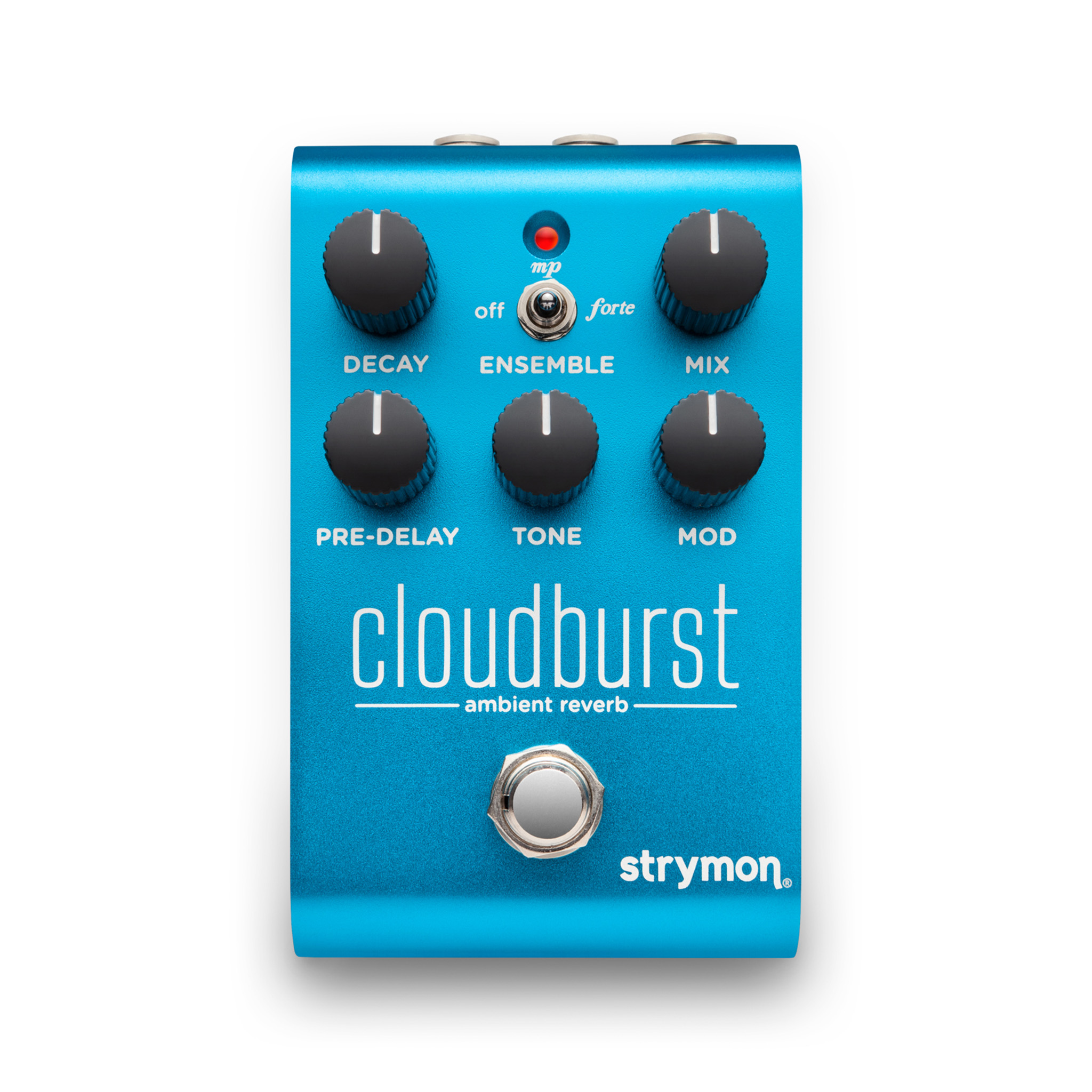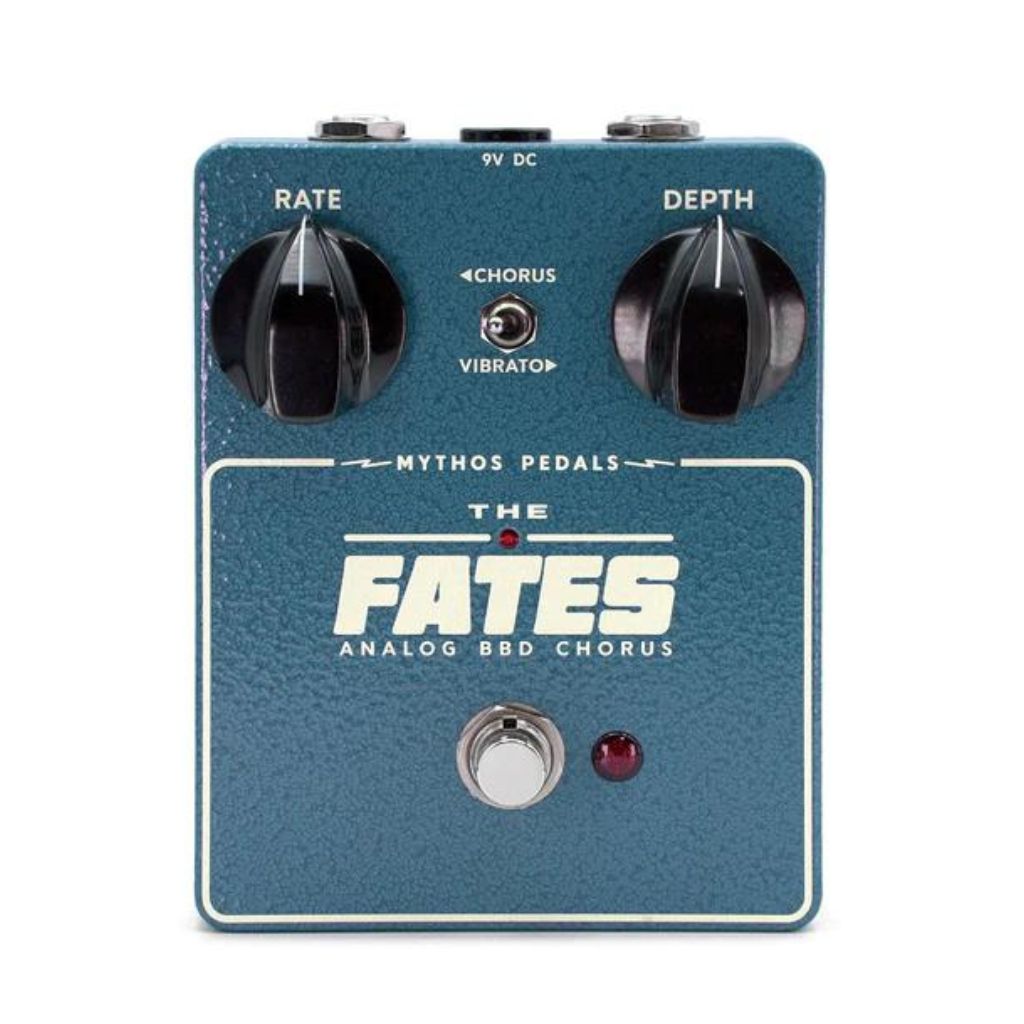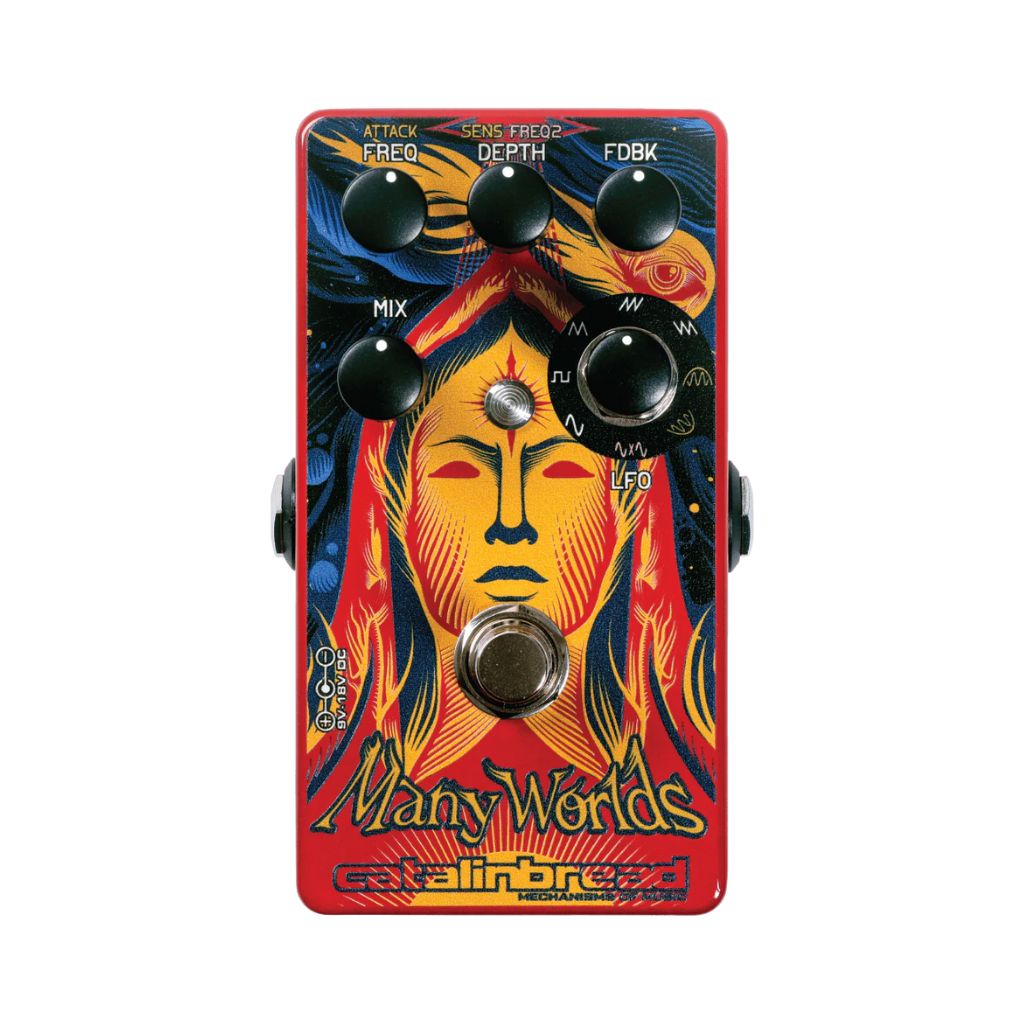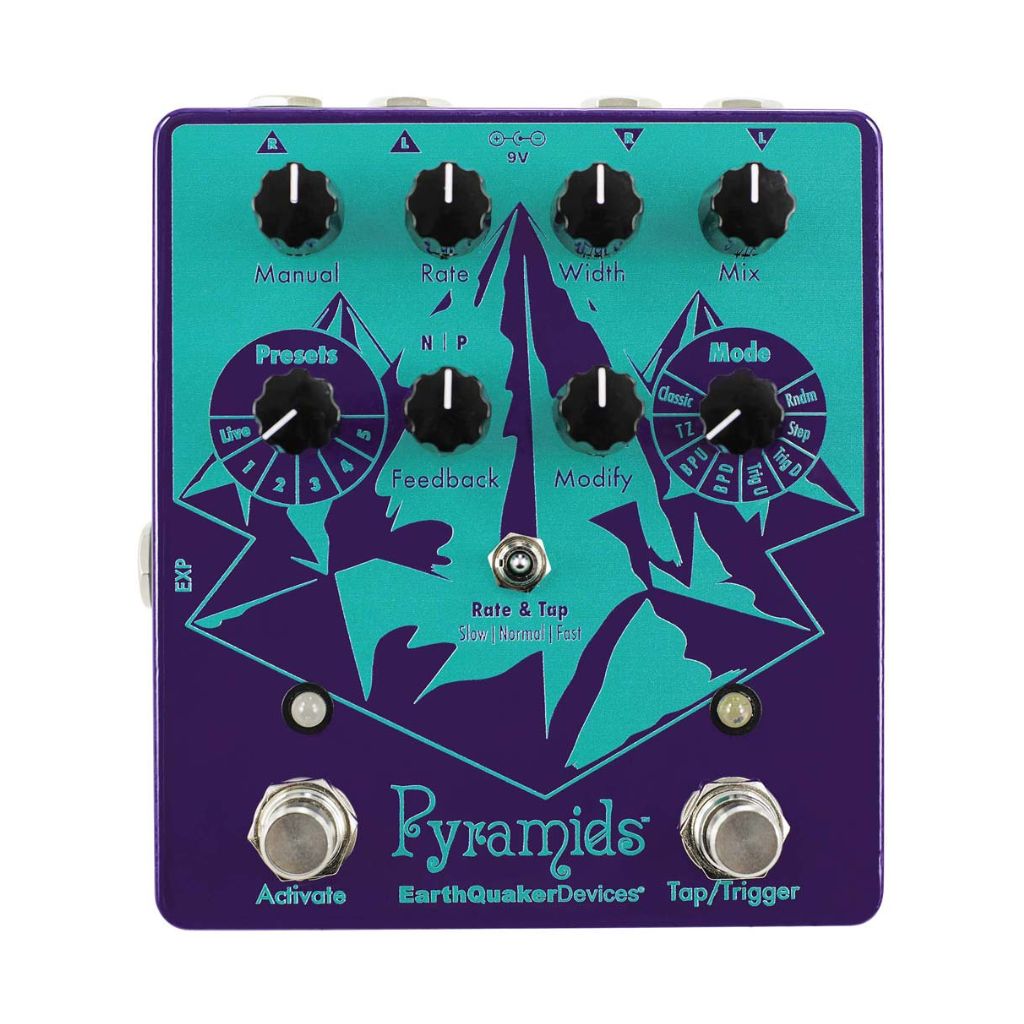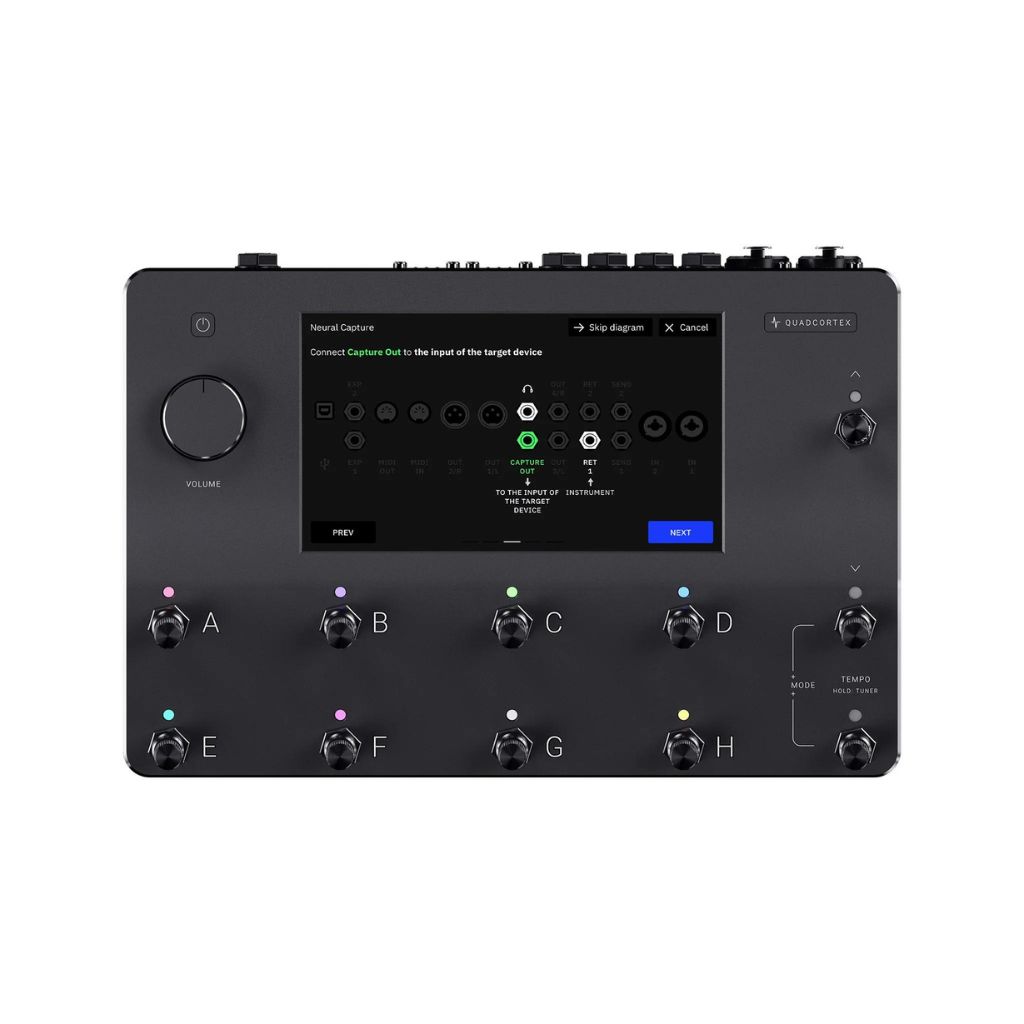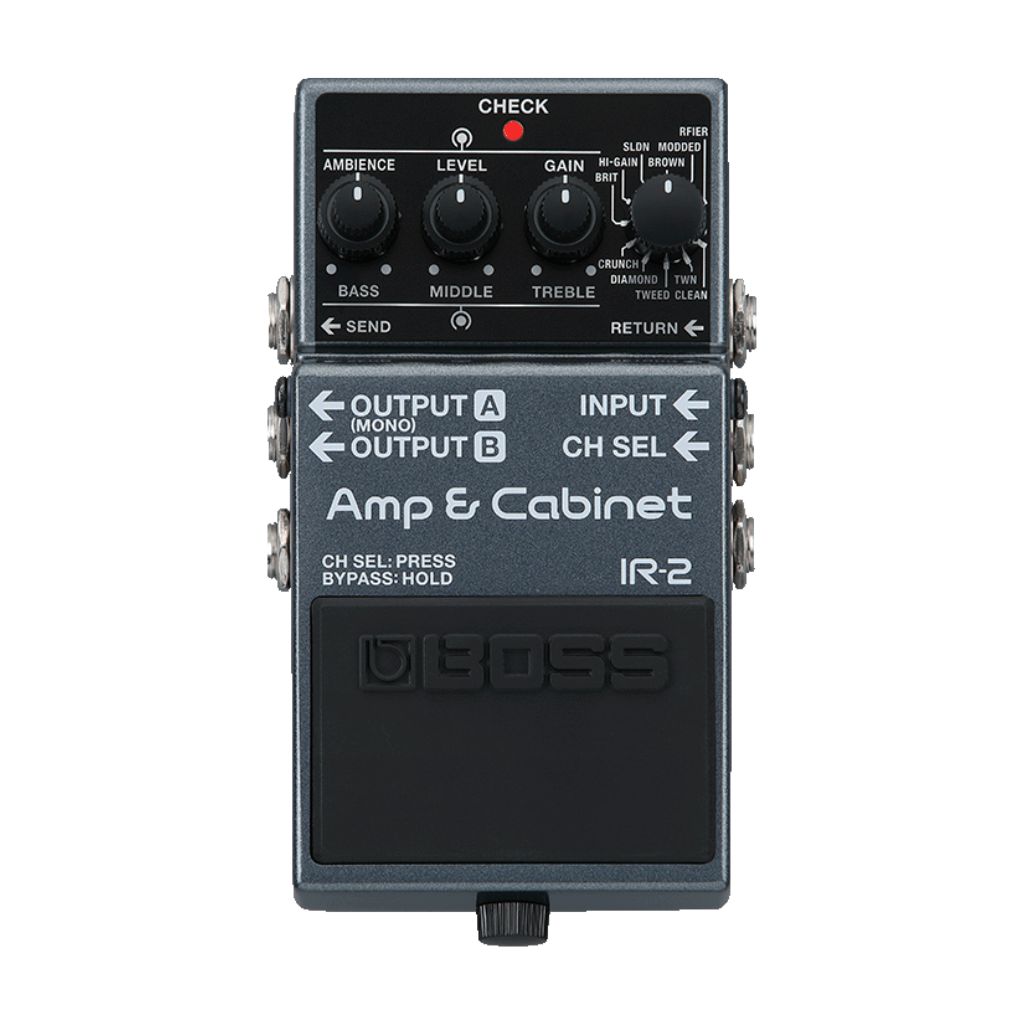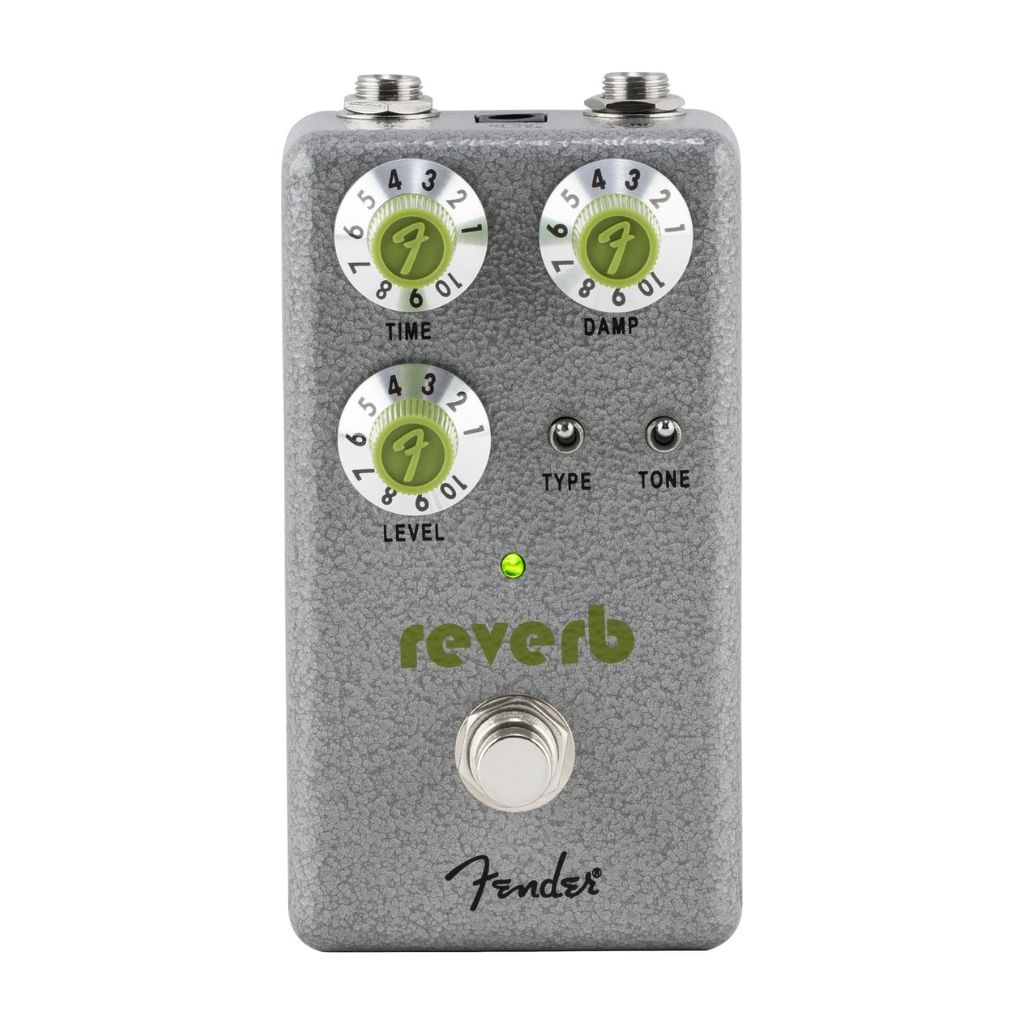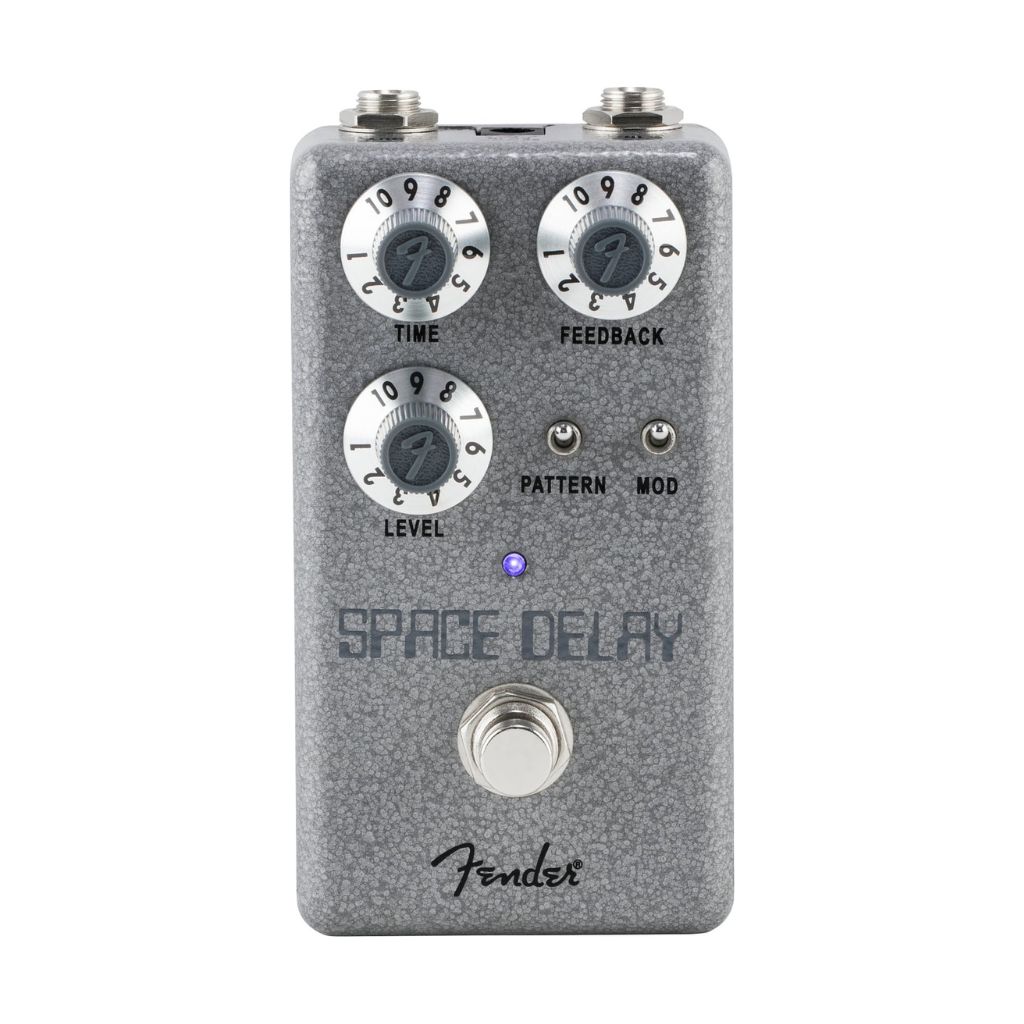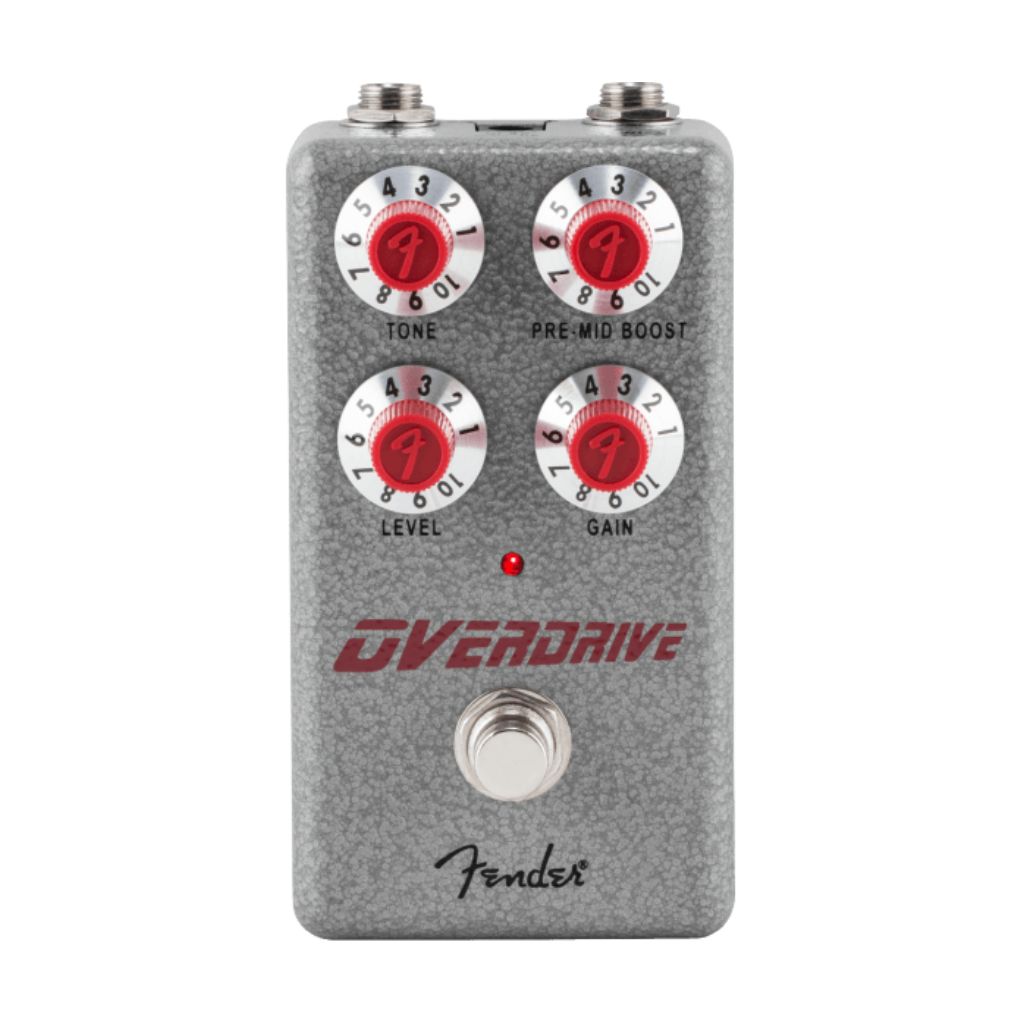Related Tags
The 13 best effect pedals for all styles and budgets
Looking for your first stompbox or to complete the last piece of your stereo spaceship? We’ve got you covered.
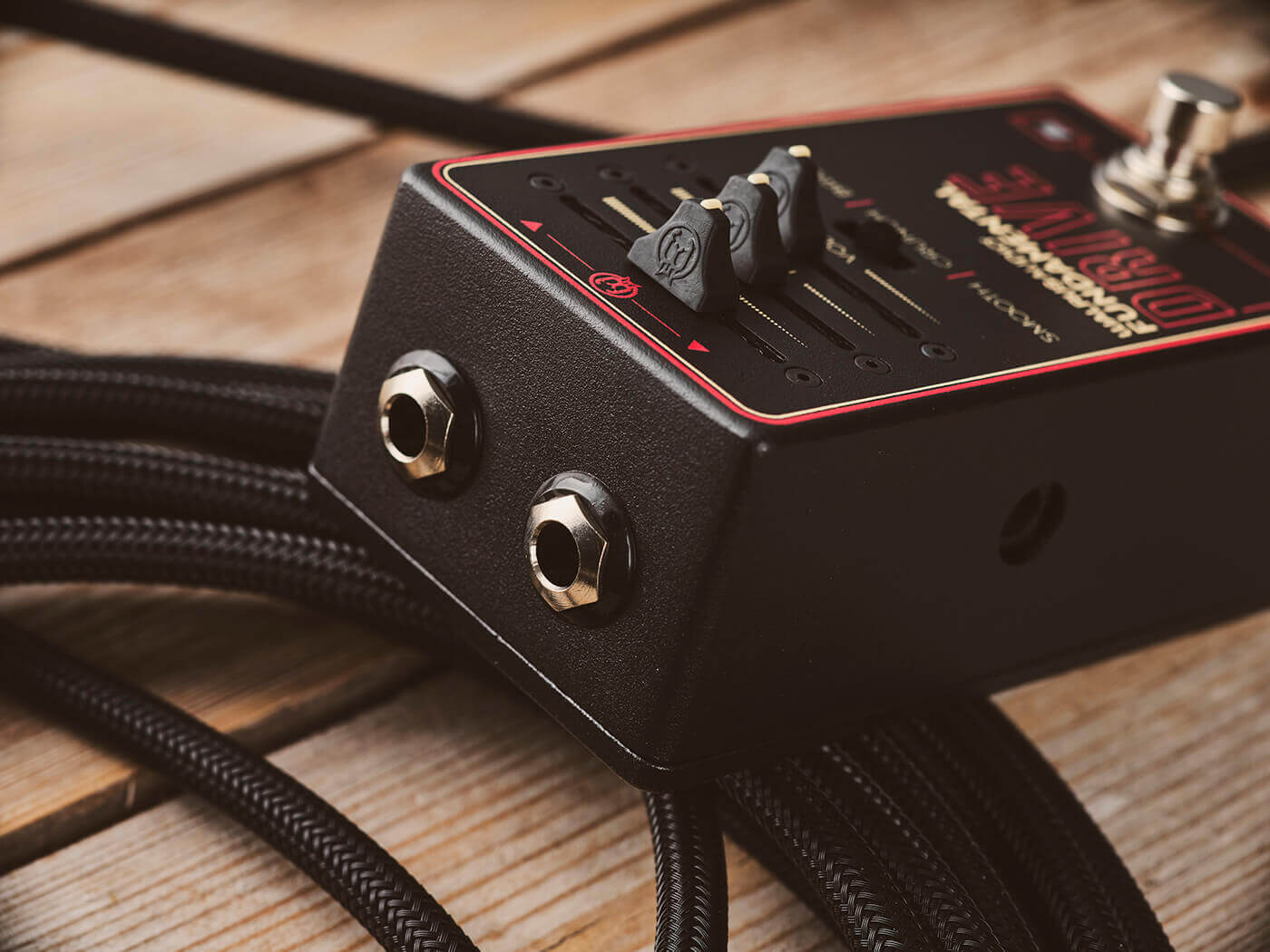
Guitar pedals are great. Not a shocking opinion coming from Guitar.com, no, but there is something undeniably magical about these little colourful boxes. From the subtle overdrives to the freak-out modulations to the huge ambient reverbs, there’s a pedal out there for everyone.
But this also means that buying a pedal can be an intimidating affair – the stompbox market is positively huge, however, to get you navigating it a little easier, we’ve compiled this list of our favourite effects in different categories, including overdrive, fuzz, flanger, reverb, delay and more. Let’s dive in.
At a glance:
- Our pick: Walrus Audio Fundamentals
- Best overdrive: MXR Duke Of Tone
- Best distortion : Earthquaker Devices Life Pedal V3
- Best fuzz: Walrus Audio Eons
- Best analogue delay: Boss DM-101
- Best digital delay: Line 6 DL4 MkII
- Best reverb: Strymon Cloudburst
- Best chorus: Mythos The Fates
- Best phaser: Catalinbread Many Worlds
- Best flanger: Earthquaker Pyramids
- Best multi-effects: Neural DSP Quad Cortex
- Best amp pedal: Boss IR-2
- Best beginner effects: Fender Hammertone
- Why you can trust Guitar.com
Our pick: Walrus Audio Fundamentals
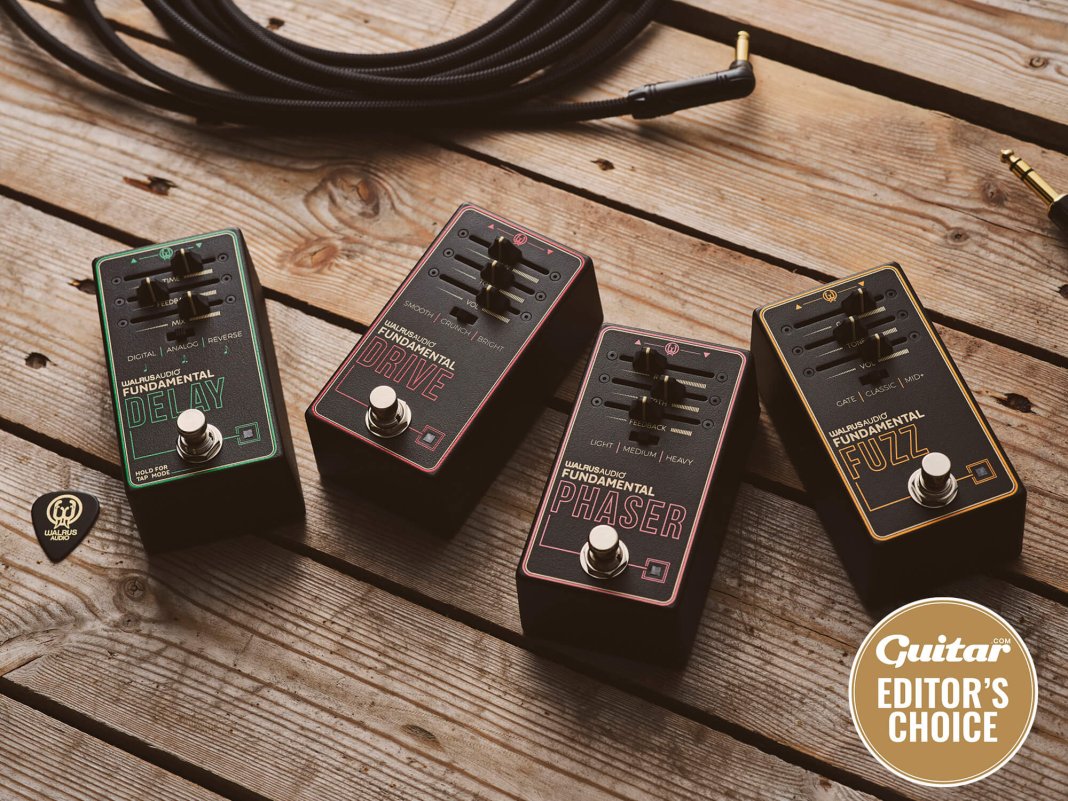
Walrus Audio’s Fundamentals are, well, just that: a good fundamental start to their chosen categories. For around a hundred bucks apiece, they give you three different voicings of their respective effect, with a sonic fidelity that punches well above their price-point. These aren’t just good for entry-level pedals: these are just good, full-stop. So whether you’re curious about the possibilities of fuzz, or just want an affordable but high-quality delay that doesn’t mess about, you can’t go wrong with a Fundamental pedal.
Need more? Read our Walrus Audio Fundamentals review.
Best overdrive: MXR Duke Of Tone
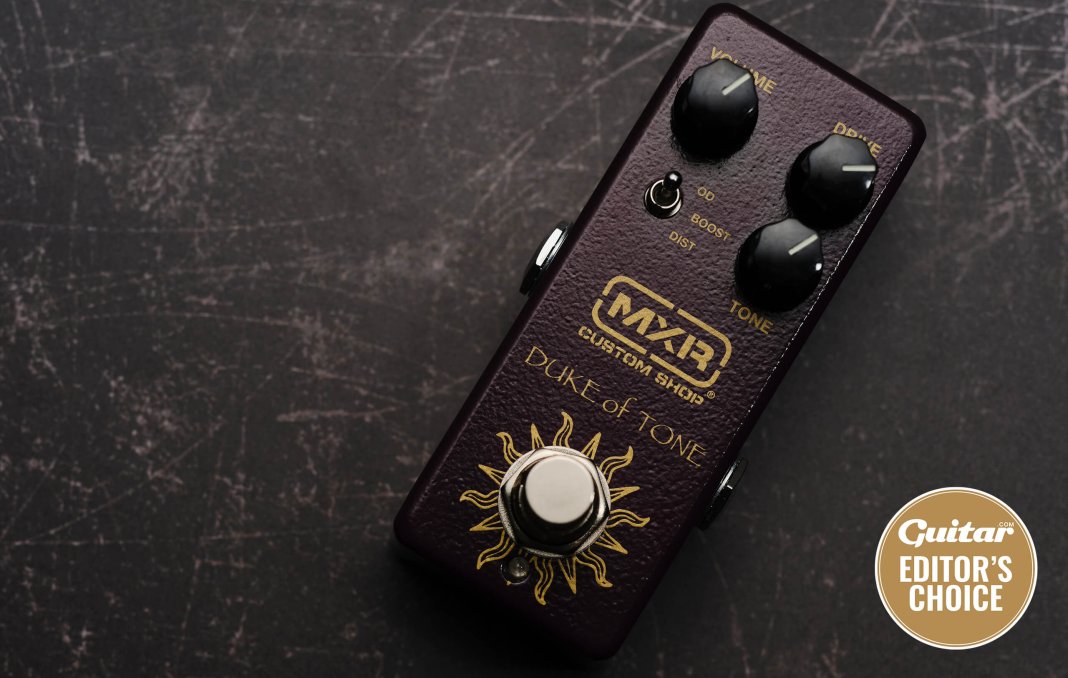
The King Of Tone is undeniably one of the most desired pedals out there. But due to this – and the fact that it’s still built one at a time to AnalogMan’s exacting standards, the waitlist for one is now at about four years. Surely there’s a better way? Well, yes, and it’s this: an official collaboration with MXR that shrinks one side of the pedal down into this mini stompbox format, and without the near half-decade wait. The pedal is an undeniable triumph, capturing much of the sonic magic of the full-bore King Of Tone in its compact enclosure, and even offering a bit more midrange grit in some of the modes.
Need more? Read our MXR Duke Of Tone review.
Best distortion : Earthquaker Devices Life Pedal V3
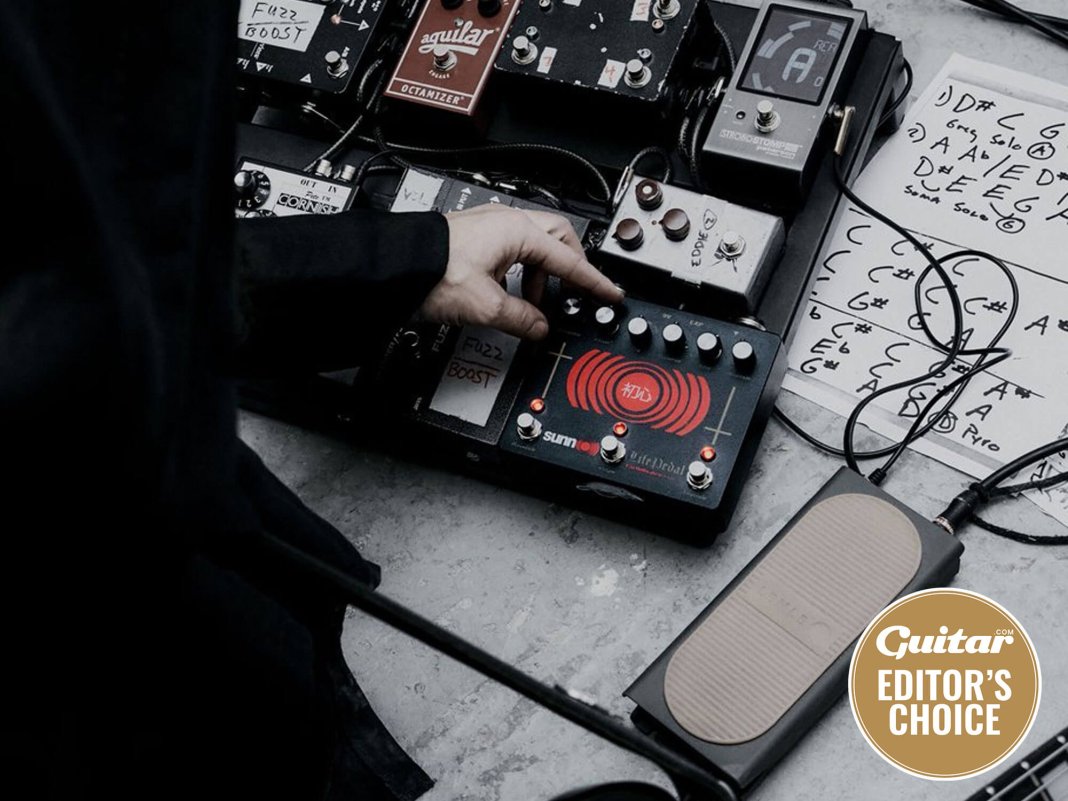
Distortion is a wonderful thing, and the Earthquaker Life Pedal might be the last distorting device you ever need – at its core is a RAT-based circuit with switchable clipping options, so we’re already off to a good start as the RAT circuit is famously versatile. But it also features the addition of a blendable analogue octave-up for some fuzzier texture, and a clean boost to really make sure the front of your amp is also invited to the distortion party.
The result is an unsurprisingly massive sound, but it’s not just for tuning low and playing slow – due to the nature of the circuit, lower-gain and high-volume settings can give you a very tight distortion, perfect for metal rhythm playing. Plus, that seperate clean boost and octave fuzz switch make it great for standing out during a solo. Conversely, if you do want to tune low and play slow, well, there are few better options.
Need more? Read our Earthquaker Devices Life Pedal V3 review.
Best fuzz: Walrus Audio Eons

There are many stripes to the world of fuzz pedals, and so it’s very cool to see so many of them represented here, in just one pedal. The Walrus Eons is a five-mode fuzz that actually offers a drastically different sound in each voice, not just a variation on a theme: there’s a traditional silicon fuzz, a silicon fuzz with a big bass boost, a ‘crunchy and dynamic’ germanium fuzz, and a darker-voiced fuzz with LED clipping and finally an all-out bananas mode with hard-clipping silicon transistors and soft-clipping LEDs and silicon diodes. That’s a lot of fuzz, and they all do their particular thing really well – what’s more, the powerful EQ and voltage starve control lets you dial in a really different sound on each mode. Lovely stuff.
Need more? Read our Walrus Audio Eons review.
Best analogue delay: Boss DM-101
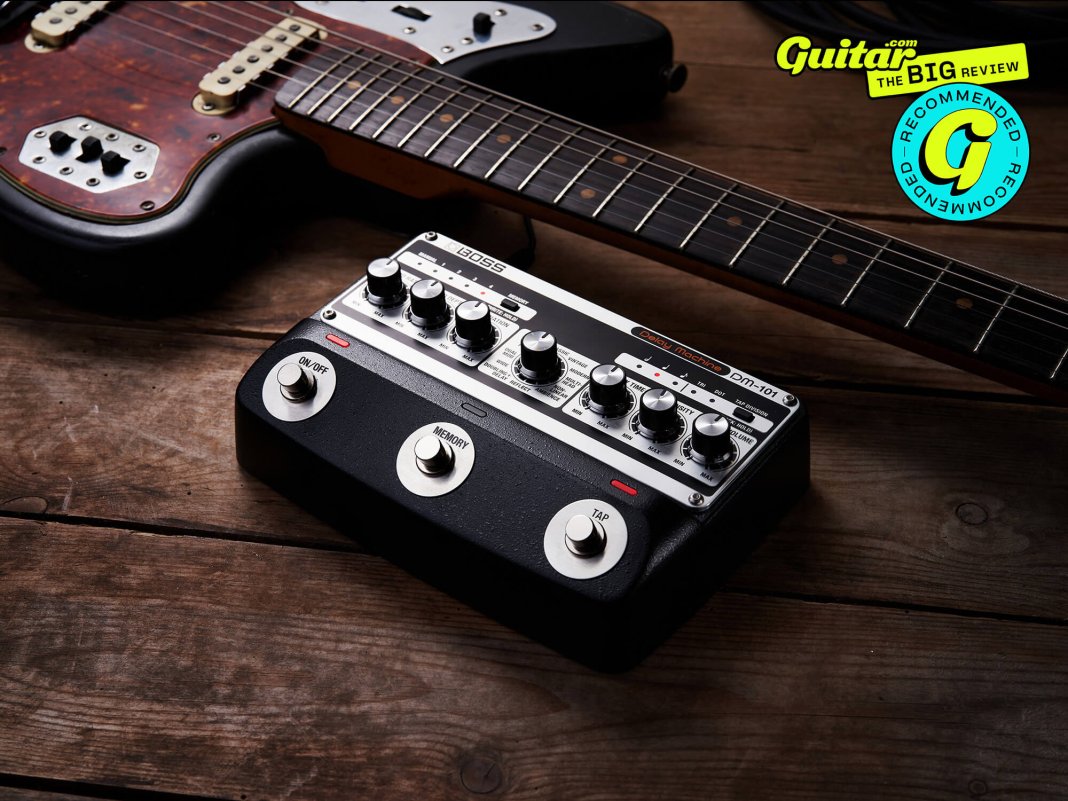
In 2024, analogue delay is maybe excessive – proper bucket-brigade chips are pricey, and digital recreations have gotten really, really good. But, if it’s going to be excessive, it might as well be really excessive. The Boss DM-101 is packed with eight Bucket Brigade Device chips, 12 delay modes with modulation options for each, onboard presets, tap tempo, stereo output for six of the modes and MIDI – that’s a featureset to rival the most bells-and-whistles digital unit you could think of, only with a completely analogue signal path and all of the warm sonic loveliness that entails. This does mean a big price tag, but given the many, many modes on offer you probably won’t need another delay, ever.
Need more? Read our Boss DM-101 review.
Best digital delay: Line 6 DL4 MkII
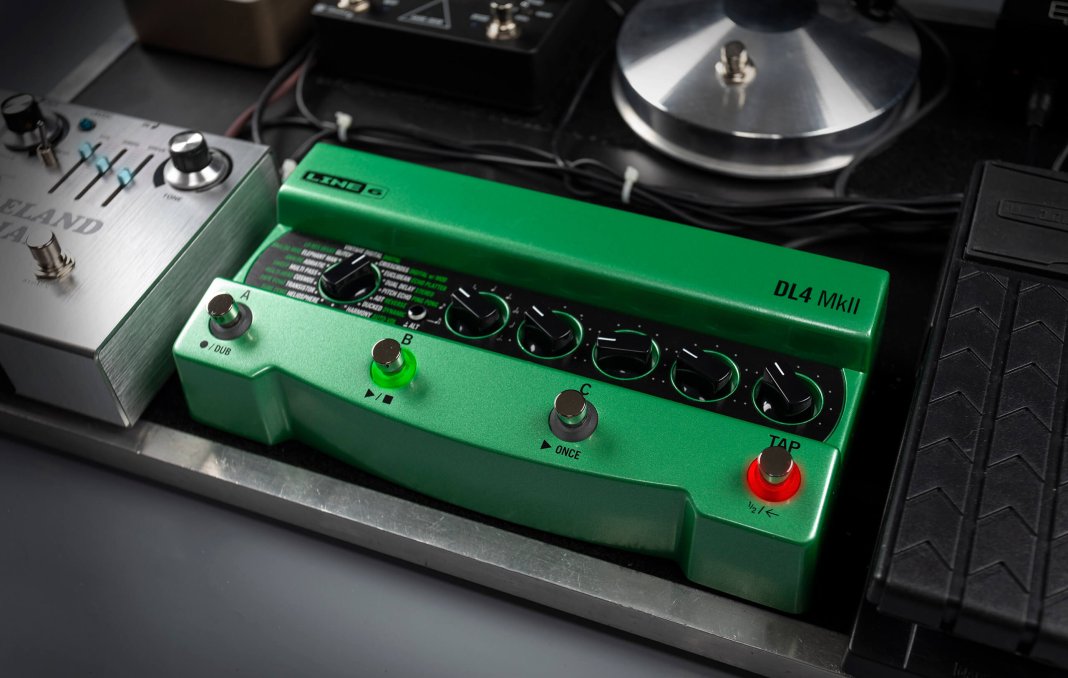
The Line 6 DL4 MkII is an unapologetically digital delay. The original gradually became a classic as guitarists fell in love with its weird, glitchy and imperfect sounds – entire classic albums revolve around clever use of a DL4. So for MkII, released in 2022, Line 6 kept all of those sounds in the legacy mode, but also added a huge suite of new algorithms. Everything from weird pitch-shifting wig-out modes to more subtle fare is present, and the latest comes in a slightly sturdier case. But maybe most importantly: it’s still big and green. Would it really be a DL4 if it wasn’t?
Need more? Read our Line 6 DL4 MkII review.
Best reverb: Strymon Cloudburst
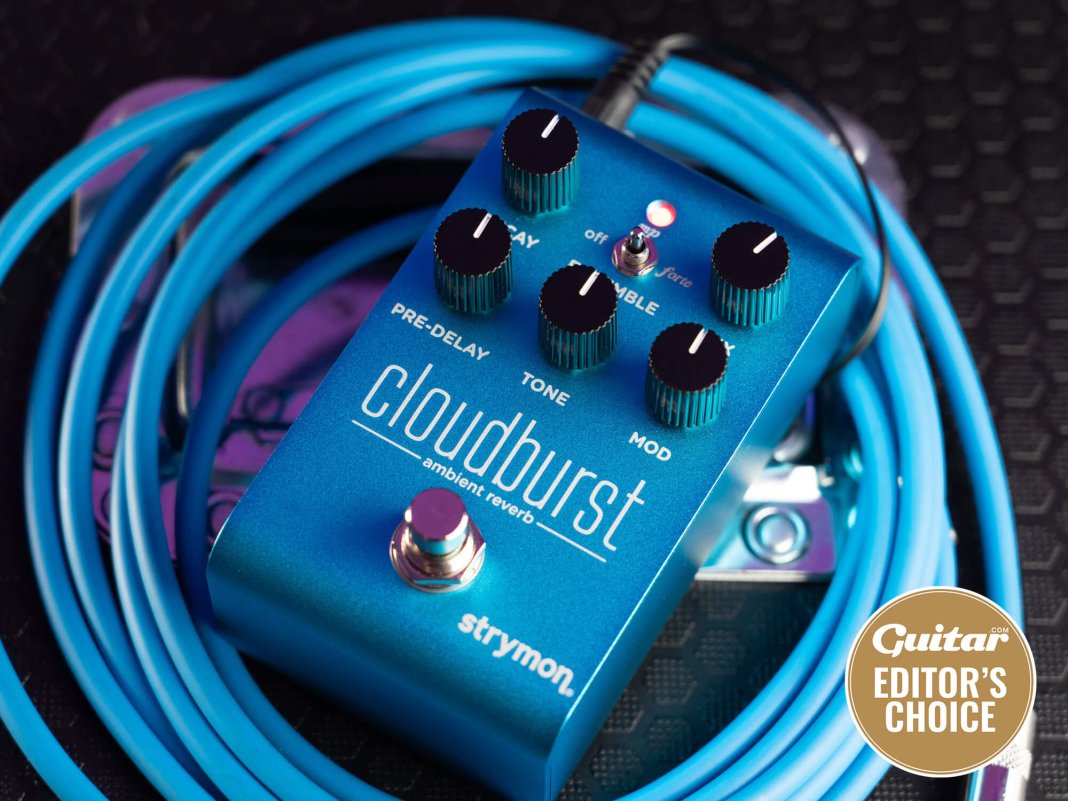
Strymon has, deservedly so, a reputation for making incredibly pretty-but-massive sounding ambient reverbs. But also, these are often packaged within huge inscrutable boxes with displays – but not here. The Cloudburst is a more focused approach than, say, the BigSky, but it’s definitely still capable of the same size of ambience. Sonic variety comes from its new Ensemble mode – this is like a shimmer on steroids, using a shifted version of your wet signal to add a synth-like accompaniment to your playing. Connectivity is, for such a compact pedal, very extensive, with mono, mono to stereo and full stereo modes available alongside MIDI support, so it’s ready to be the reverberant heart of a giant digitally-controlled stereo board.
Need more? Read our Strymon Cloudburst review.
Best chorus: Mythos Pedals The Fates
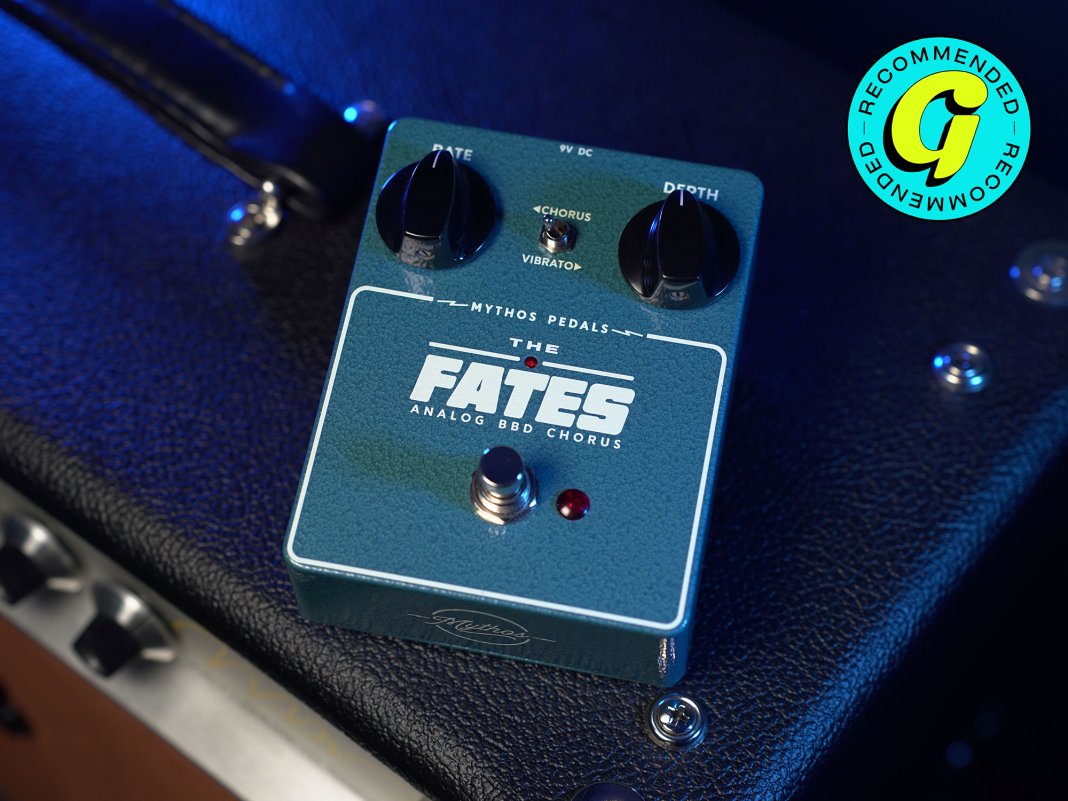
Mythos Pedals’ The Fates is the brand’s first modulation pedal, and it’s starting with the big guns. It’s a modified take on an old-school Boss CE-2, offering the simple depth/rate controls of the original, alongside a vibrato mode, which kills your dry signal to make it purely a pitch-wobble machine. The result is a lovely and smooth sound at all ends of the chorus/vibrato spectrum – the original is a classic for a reason, and Mythos’ mods – including a high-quality input buffer – make it an even more appealing prospect.
Need more? Read our Mythos The Fates review.
Best phaser: Catalinbread Many Worlds

Have you dipped a toe into the world of phase with, say, a single-knob two-stage phaser? The Catalinbread Many Worlds is, in comparison, diving into the deep end, perhaps while wearing a concrete hat. There’s eight stages of phasing going on here, which in practical terms means a very complex and chewy character to the modulation, especially at higher depth and feedback settings. Adding more complexity is the waveform selector switch, which allows for everything from simple sine to envelope-followers to two sine waves fighting for dominance in battle mode. It’s a one-stop phasing shop!
Need more? Read our Catalinbread Many Worlds review.
Best flanger: Earthquaker Pyramids
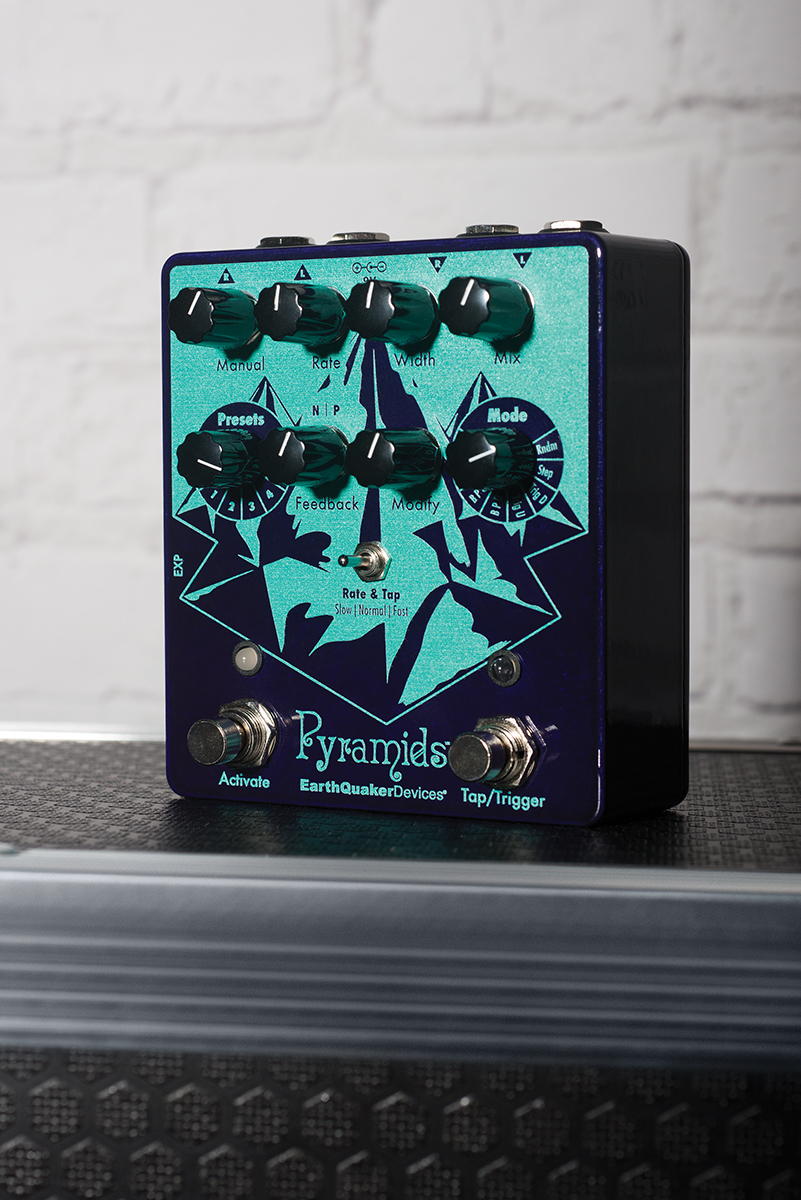
The Pyramids offers eight different flanging effects in one box: four of them more or less ‘standard’ in type, two triggered by playing dynamics, and two offering sample-and-hold stepped filter sounds. True to Earthquaker’s reputation, it lets you get truly wild and shoegazey, but more traditional sounds are still accessible. But given its many modes and stereo capabilities, it’s a perfect flanger for those looking to go beyond the traditional – and some might say divisive – origins of the sound.
Need more? Read our Earthquaker Pyramids review.
Best multi-effects: Neural DSP Quad Cortex
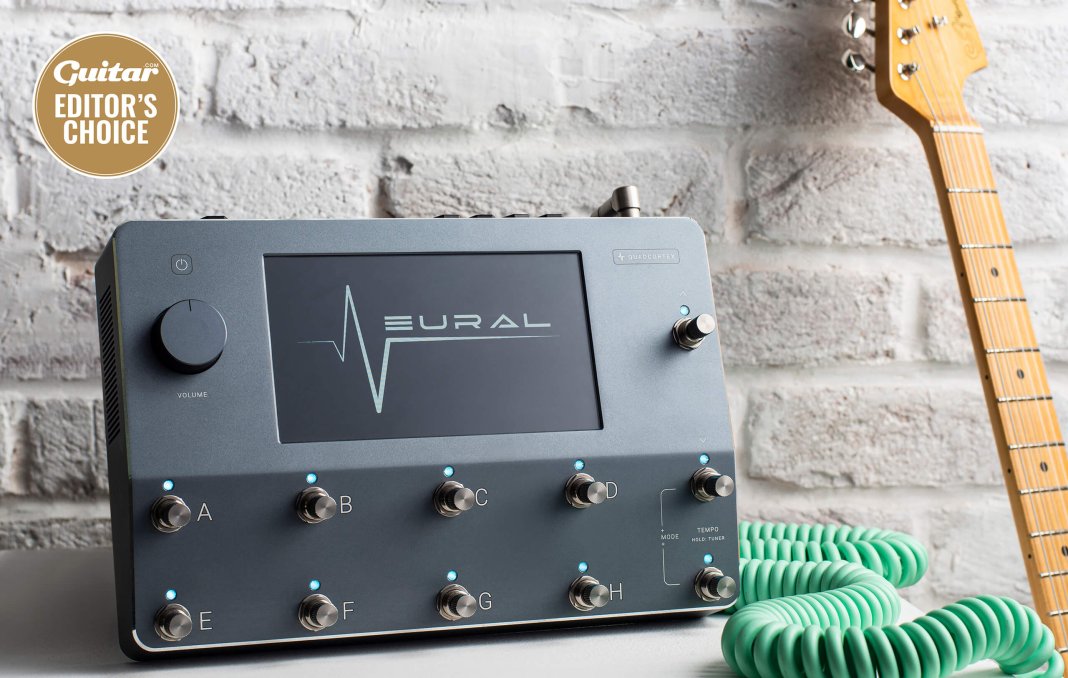
The Neural DSP Quad Cortex is an utter powerhouse, and as such sits in a strange place between categories. You can use it to completely replace your entire rig, or you can use it as the multi-effects heart of a pedalboard along with a real amplifier. Thanks to its absurd processing power and general flexibility, it’s a very, very useful tool for the live player – you won’t be short on effects power if you have one of these anywhere in your rig. Also appealing to pedal fans is its profiling ability – want to leave that original Klon at home rather than risk it on tour? Create a digital clone of it, and you’re away.
Need more? Read our Neural DSP Quad Cortex review.
Best amp pedal: Boss IR-2

The IR-2 is a great tool to turn basically any pedalboard into a direct rig. Its ability to load custom IRs makes its core sound infinitely tweakable, the many amp models on offer cover clean to full-bore metal, and it has a stereo effects loop for use on even the most complex ‘boards. Also importantly, it’s compact, and takes standard pedal power, and has its own headphone jack for home use and two quarter-inch line-outs for easy live use. Its general user-friendliness cannot be overstated.
Need more? Read our Boss IR-2 review.
Best beginner effects: Fender Hammertone
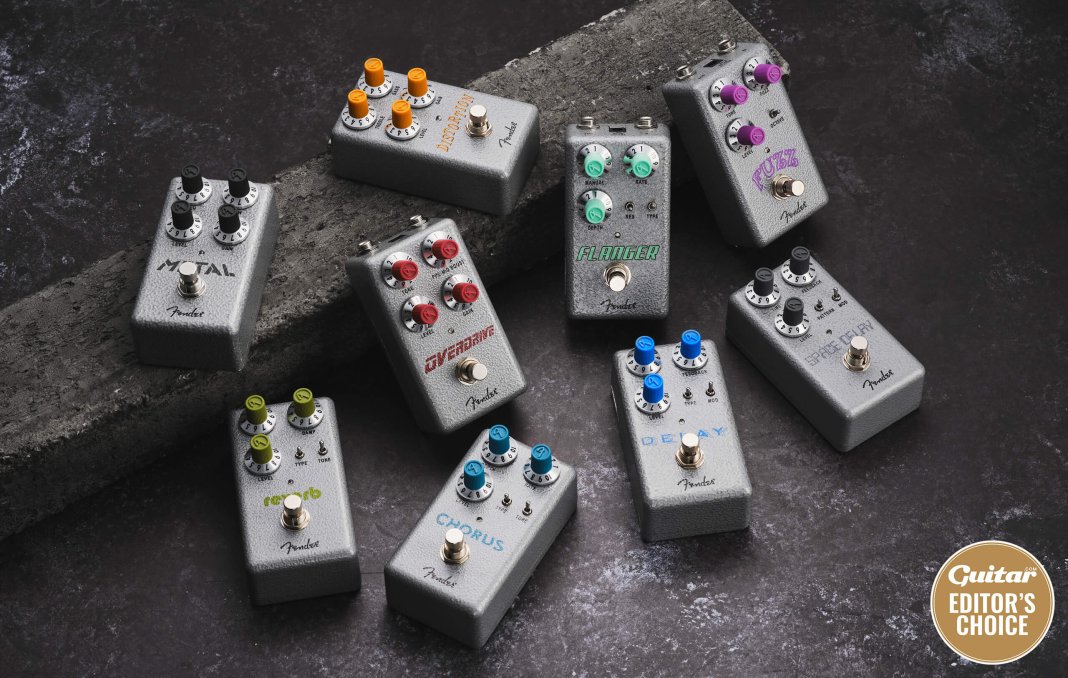
Fender’s range of budget effects stompboxes is a great place to start with effects. Not only are the pedals all very affordable, they all also offer a good overview of their chosen effect, often with multiple operating modes. For example the fuzz offers both standard speaker-ripping fun as well as an octave-up mode. The reverb and delay also offer unique operating modes, and the flanger is a particularly versatile standout. In short, these are pedals that will absolutely get you started on the right foot with their respective sounds, and will be more than happy to stay in your rig as you grow as a player.
Need more? Read our Fender Hammertone review.
Why You Can Trust Us
Every year, Guitar.com reviews hundreds of new products from the biggest new launches to cool boutique effects, and our expert guitar reviewers have hundreds of years of collective experience having played everything from bona fide Gibson ’59 Les Pauls to the cheapest Squiers and everything in between. That means that when you click on a Guitar.com buyer’s guide you’re getting the benefit of all that experience to help you make the best buying decision for you.
What’s more, every guide written on Guitar.com was put together by a guitar obsessive just like you – we understand what products guitarists are excited about right now, and those are the products we look to highlight in our buyer’s guides. Other websites might show you something because it has a big discount or a crazy low price, but you can trust that every product recommended to you by Guitar.com is something that we’d be happy to have in our rig.

